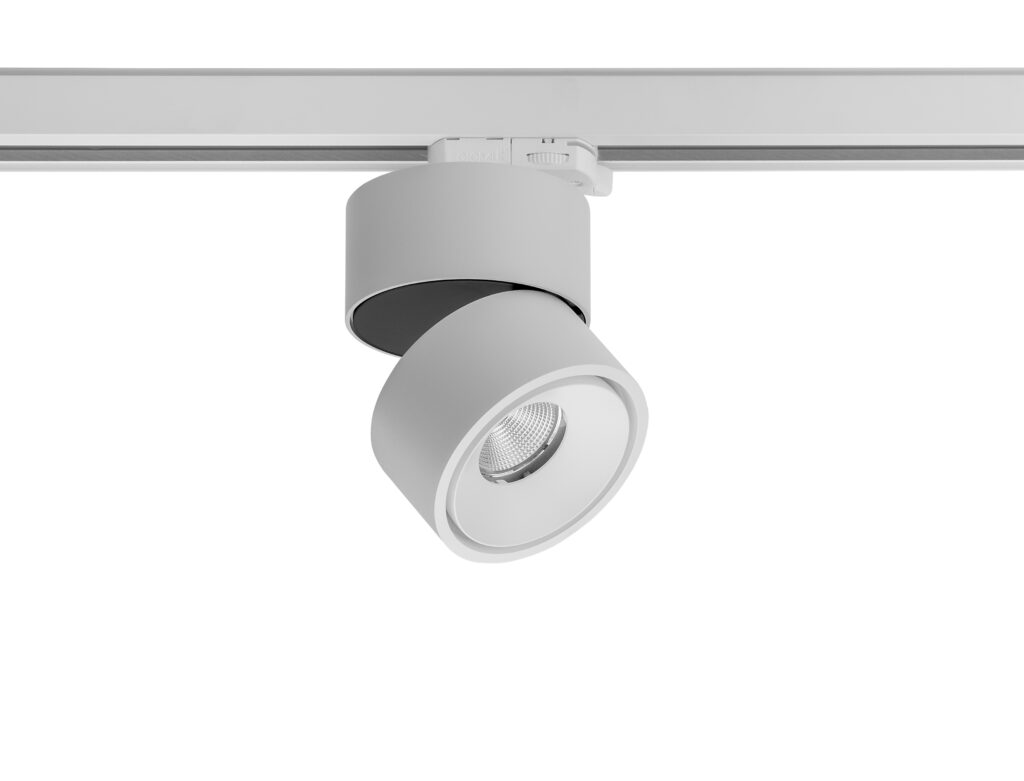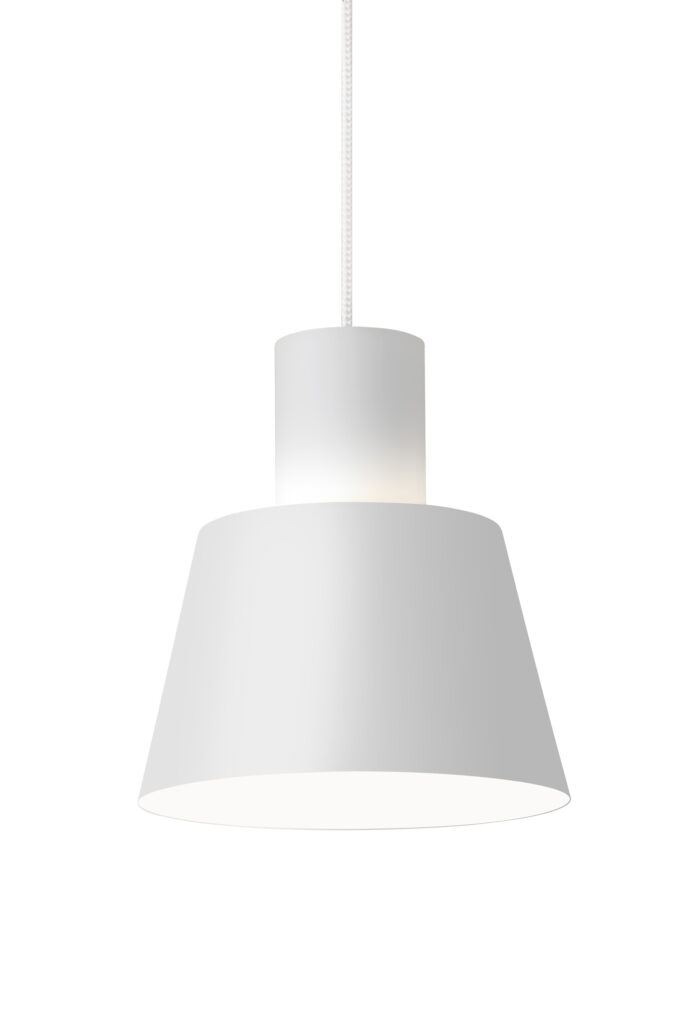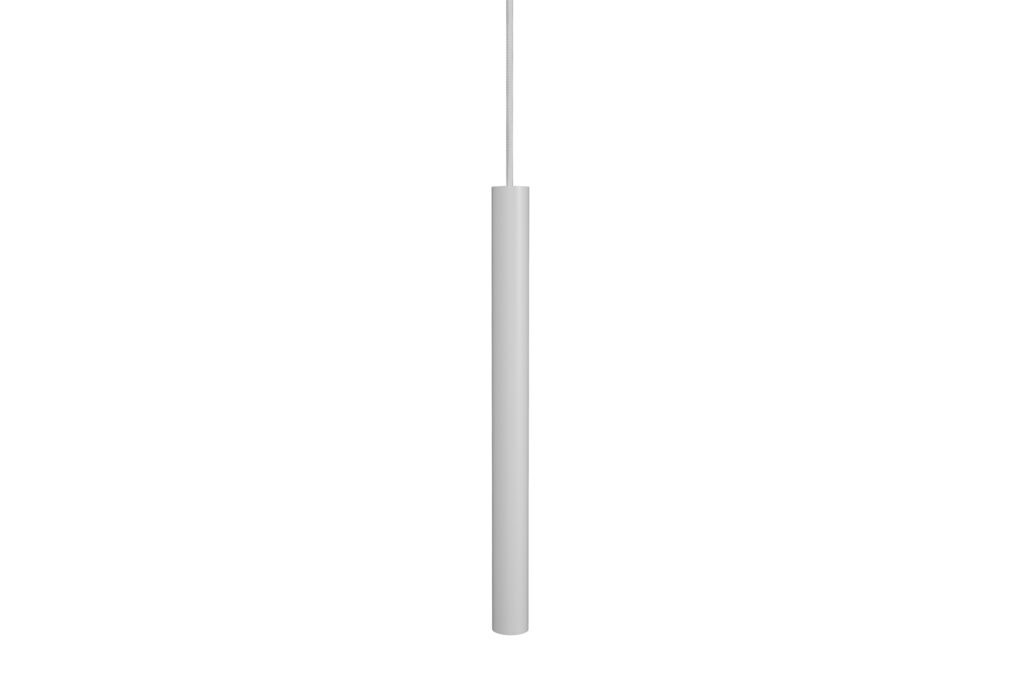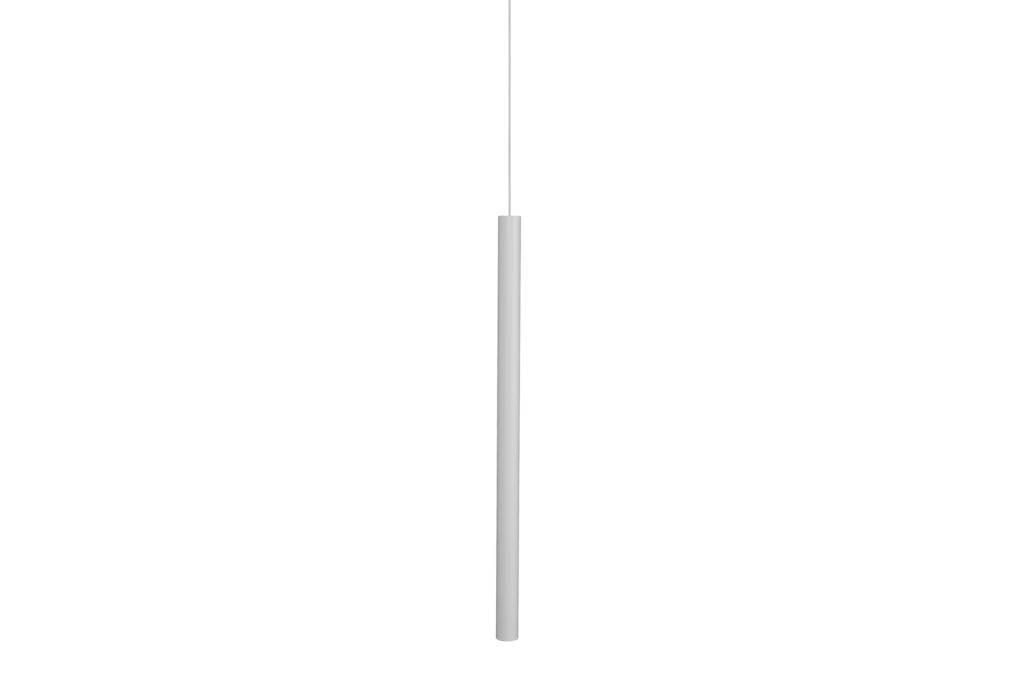lumen and lux
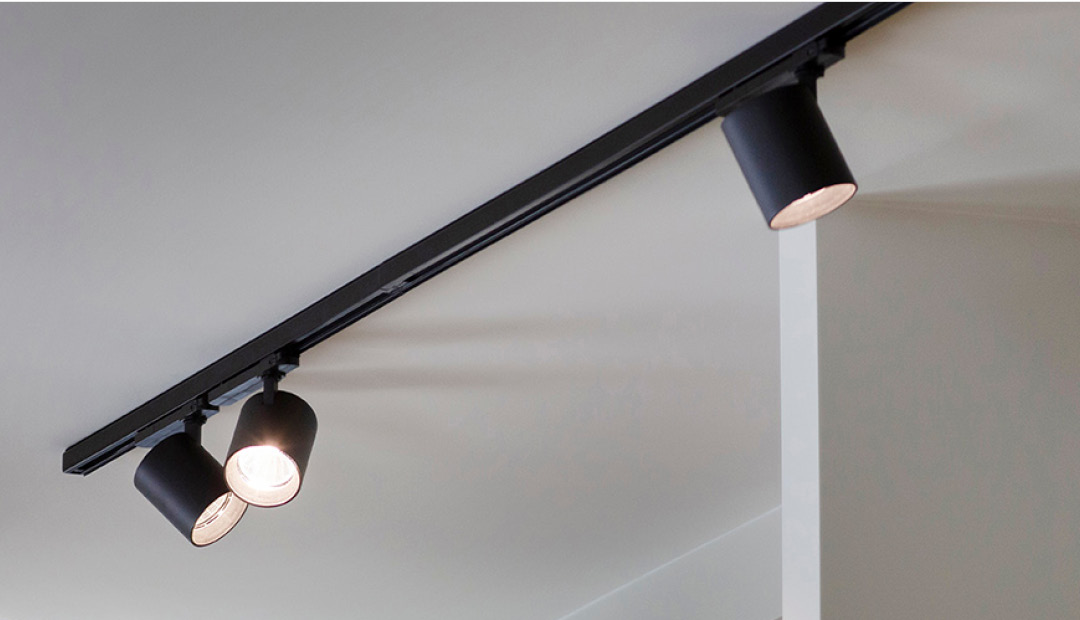
You have probably come across the term ‘lumen’ before when buying a light source. Perhaps you have also heard of Lux? But what do these two terms actually mean, and how do they impact your choice of light source? You can read much more about it here.
When buying a lamp, the light source is not always included. Therefore, you have to go on a hunt for a bulb yourself, but it can be difficult to find the right one if you don’t know what to look for.
Here, lumen is an important thing to consider.
In addition to lumen, Lux is also a term used to measure the properties of light. For regular use, it is not often something you pay attention to, but in professional contexts, it is of great importance.
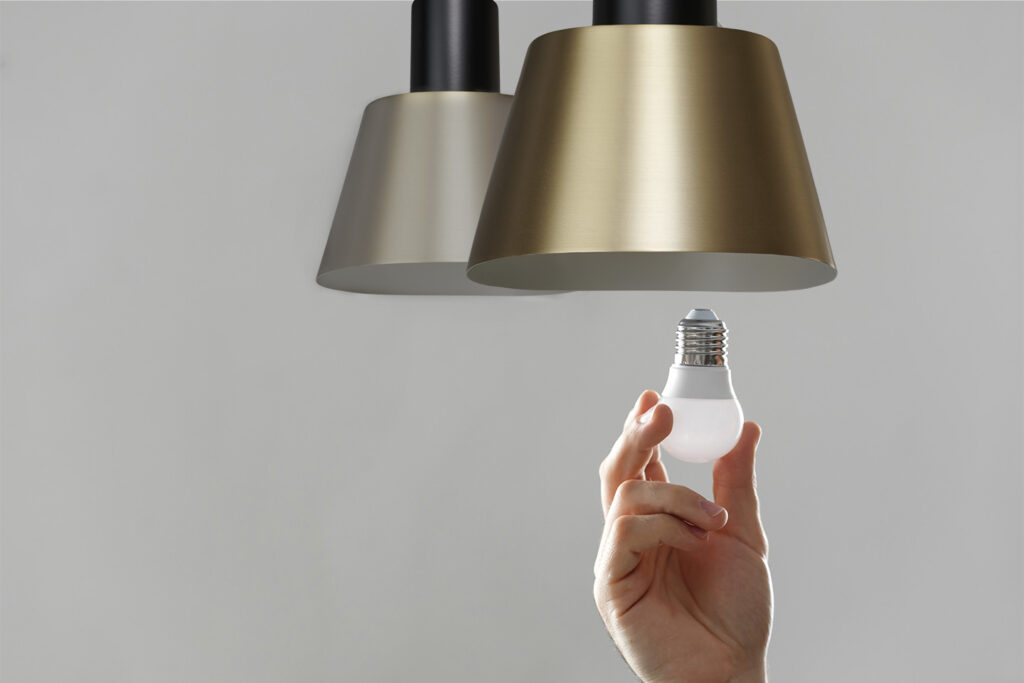
What is lumen?
Lumen, often abbreviated as lm, is a term that refers to the brightness/quantity of light emitted by a light source. Lumen is often simply referred to as brightness, and it is therefore a quite essential factor when it comes to lighting design. It is an important consideration when choosing lighting for a space as it determines how much light is available to illuminate an area.
Lumen is often indicated on packages of light sources, allowing for comparison of the amount of light different light sources produce. For example, a standard 60-watt incandescent bulb produces around 800 lm, while an LED bulb using the same amount of power can produce up to 1500 lm.
Roughly, it is said that 1 lumen corresponds to a lit tealight candle
The number of lumens to be used in a room varies greatly and depends on the intended function of the light.
If the light is intended for work, such as over a kitchen counter or in an office,
a lumen value between 800-1000 is optimal. However, if the light should be
used in a lounge, sofa group or similar, you can choose light of 400-500lm to
create a cozy atmosphere. As a bedside lamp in a hotel room or bedroom, you can go down to 200-250lm.
Many lamps are now dimmable, which allows you to continuously adjust the
brightness to suit your needs and mood.
Once, the brightness was measured in watts.
Lumen has been used by lighting experts for many years, but as an ordinary consumer, wattage was once used as a measure of brightness and bulb quality.
Previously, there was a somewhat correlation between wattage and the lumen output of the light source.
However, nowadays, it is not accurate enough, as the difference between the two has become too significant.
Therefore, you should always pay attention to the lumen value to assess the brightness of the bulb.
So what is Lux?
After lumen, we move directly to lux. The two terms may seem similar, and therefore some may confuse them.
However, they do not cover the same thing.
While lumens measure the amount of light all around the light source, lux measures the amount of light that hits a given surface. Lux indicates the concentration of light that hits a specific area.
1 lux corresponds exactly to 1 lumen per square meter.
Two different light sources can have different lux values but the same amount of light.
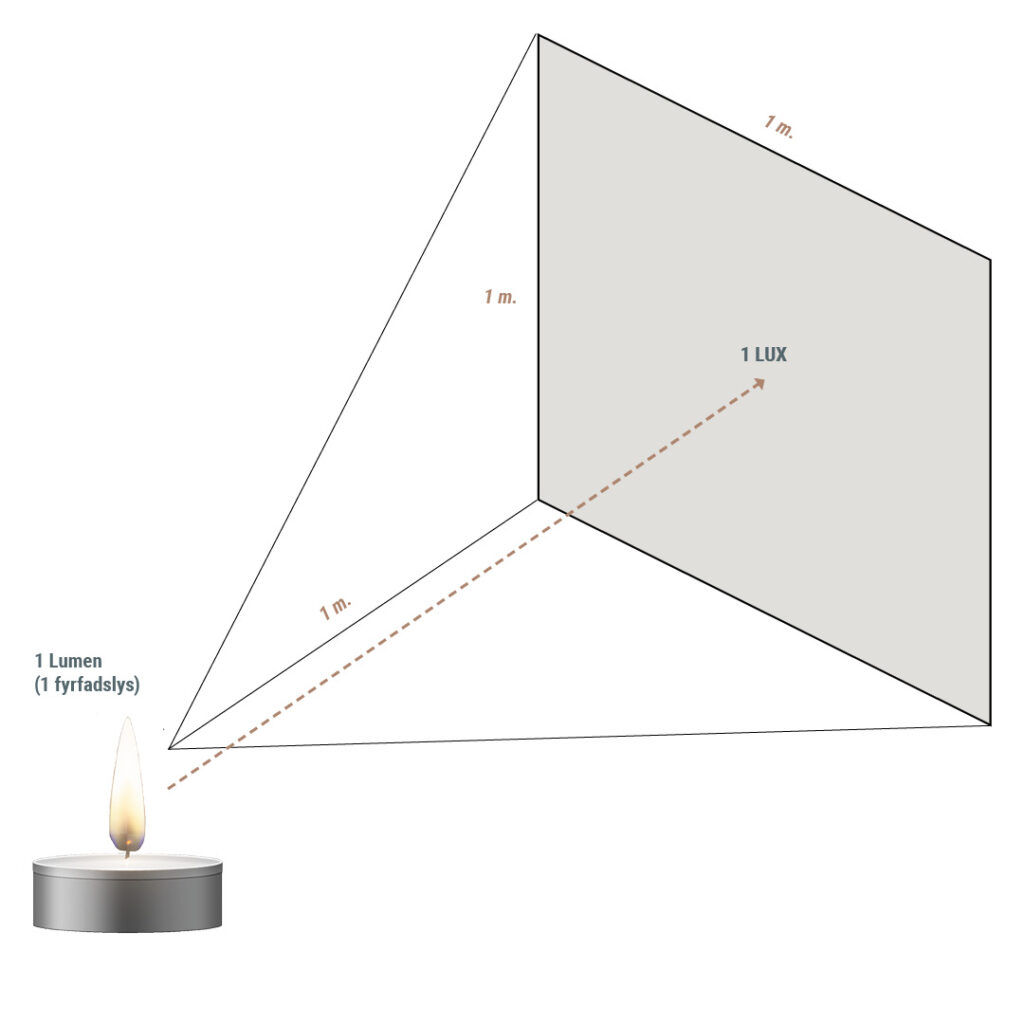
It is important to note that lumen does not take into account color rendering or color temperature. A light source can produce a high number of lumens, but if colors are not accurately rendered or if the light is too cold or warm, it may still not provide good illumination. Therefore, it is important to consider other factors such as color rendering index (CRI) and color temperature (Kelvin) to get a complete picture of the quality of the lighting.
How to assess energy efficienc
Another important factor to consider is lumens per watt (lm/W), which indicates the light output efficiency of a light source. This is a way to compare the energy efficiency between light sources, as it shows how much light is produced per watt of power. The higher the lm/W, the more energy-efficient the light source is.
And when is that information important?
Well, lux plays a crucial role when creating lighting for, for example, offices, warehouses, and other workplaces.
Correct lighting is a legal requirement in these settings.
Our lighting consultants always use lux when we make lighting calculations, because it is important that the selected light sources and fixtures create enough light to meet the various requirements
If you have a workplace that needs to be illuminated, it will certainly be a term you will come across and need to consider.
If you need assistance in designing your workplace lighting, you are always welcome to contact our lighting consultants, who can create accurate lighting plans and guide you through the process.
Frequently Asked Questions about Lumen & Lux
Lumen, also abbreviated as lm, is a term that refers to the brightness/quantity of light. It is a quite essential factor when it comes to lighting design.
Roughly, it is said that 1 lumen corresponds to a lit tealight candle
How many lumens you should use in a room varies greatly. It depends on the intended function of the light.
For task lighting, such as over a kitchen counter or in an office, an optimal lumen value is between 800-1000. If the light is intended for a lounge area, sofa group, or similar setting, you can aim for around 400-500 lumens to create a cozy atmosphere.
For a bedside lamp in a hotel room or bedroom, you can go as low as 200-250 lumens.
While lumens measure the amount of light all around the light source, lux measures the amount of light that hits a given surface. Lux indicates the concentration of light that hits a specific area.
1 lux corresponds exactly to 1 lumen per square meter.

